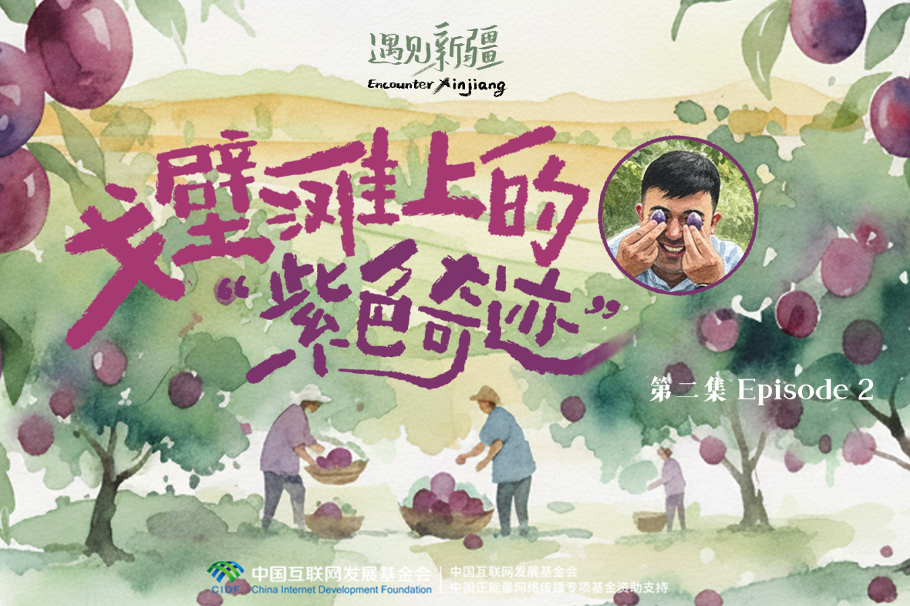Veteran reporter records nation's success story


Initial impression
FlorCruz was 20 years old when he first arrived in China.
"At that time, China was better known as 'Red China', a Communist nation hidden behind a 'bamboo curtain', diplomatically isolated and virtually inaccessible to visitors," he said.
In the early 1970s, it was illegal for Filipinos to travel to China, with Manila not establishing diplomatic relations with Beijing until 1975. FlorCruz said his Philippine passport bore a stamp that stated: "Not valid for travel to China, the Soviet Union and other Communist countries."
However, FlorCruz and his group got around the restriction by first flying to Hong Kong, which was then a British colony. They picked up their Chinese visas in Hong Kong, and next day took a train to Shenzhen, Guangdong province, stopping over in Guangzhou, the provincial capital, before flying to Beijing.
"We arrived in Beijing in the evening. My initial impression while being driven from the airport to our hotel was of a two-lane road lined with willow trees, plied by few cars and buses. Along this poorly lit road stood courtyard houses and dormitory buildings-also poorly lit," Flor-Cruz said.
A week into his China trip, he learned of the political upheavals in the Philippines, so he and four other members of the group decided to stay in China for a while. The tour organizer renewed their visas to give them time to decide what to do.
Stranded, bored and penniless, FlorCruz and his group asked their hosts how they could earn their keep, resulting in him traveling to a State farm in Hunan province in December 1971.
He initially thought that by working on a farm, he would be able to take part in a "noble socialist experiment", but quickly realized that weeks of manual labor were required, during which time he planted and harvested rice, picked tea plant leaves, dug ditches and repaired roads.
After a year in Hunan, FlorCruz headed east to work for a fishing corporation in Shandong province. At the end of the working day, while others slept, he read widely to improve his Chinese. Those sleepless nights paid off at the end of 1974, when he returned to Beijing to take a two-year course in Chinese at the Beijing Languages Institute.
In 1977, FlorCruz joined more than 5 million young Chinese in taking the gaokao, or national college entrance exam. It was the first time the gaokao had been held for 10 years after being suspended during the "cultural revolution" (1966-76).
FlorCruz passed the exam and enrolled at Peking University for a four-year course in Chinese history. He was part of the so-called Class of 1977-an illustrious group that counts Premier Li Keqiang among its alumni.
























